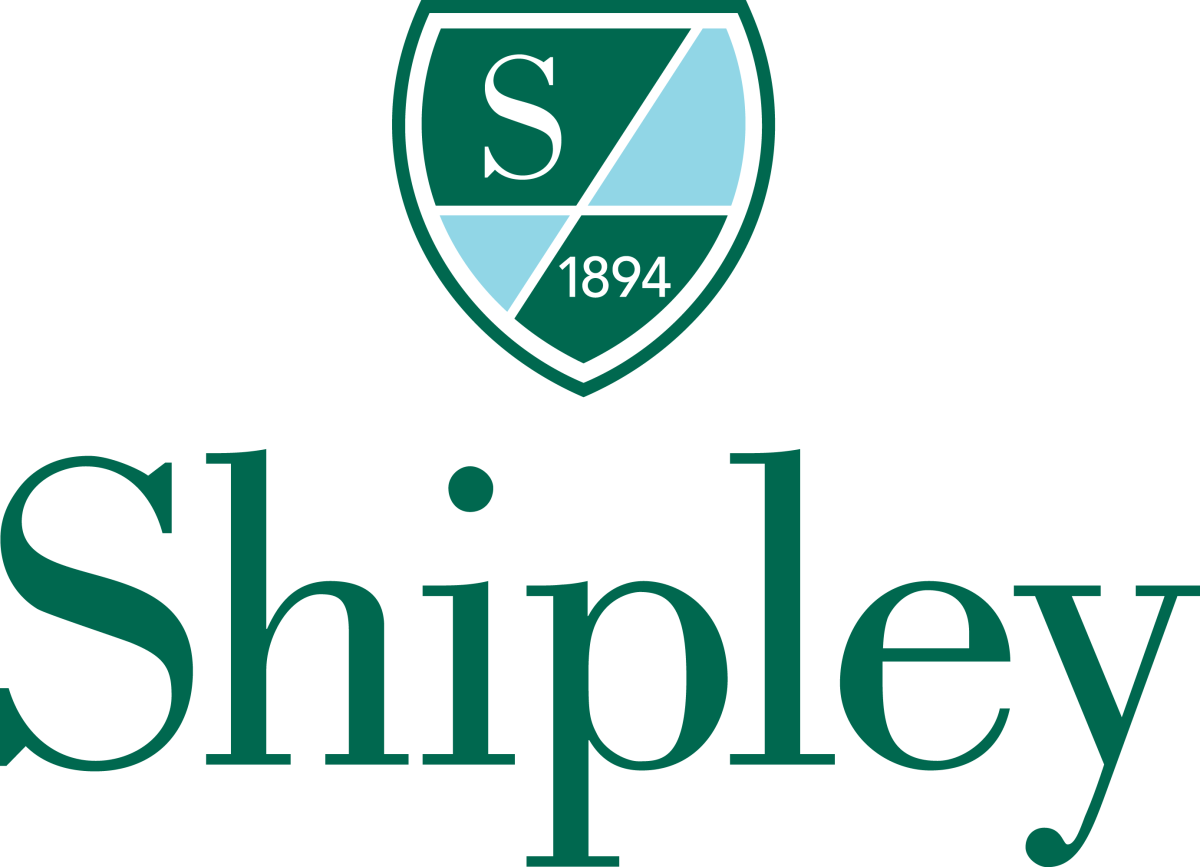1) Understand the Math in Focus approach to teaching and learning. (Hint: It’s about learning how to think, not memorizing formulas.)
The goal of a mathematical classroom is not to race to the answer, but to learn how to think. We do that by asking questions like: How did you get that answer? Is there another way? How many ways are there? What do we know? What can we do? What is the same? Different? We don’t give students the formula right away. Instead, they discover it themselves through guided learning. Memorizing formulas and rules is not abstract thinking. In fact, it completely shuts down students’ thinking.
The Math in Focus (MIF) philosophy is in the teaching approach. We use the CPA approach (Concrete, Pictorial, Abstract). These three steps are necessary to develop understanding of a concept. Students are first introduced to a skill or concept with objects, or hands-on manipulatives. This is the foundation for conceptual learning. After students understand the hands-on representation, they are ready to move to the pictorial stage. In the pictorial stage, students can now represent their hands-on experience with a diagram or picture. Finally, the students will be in the symbolic stage. Here, they are ready to represent problems in a mathematical notation. This abstract thinking is the goal.
MIF follows a gradual release model of teaching. Lessons start with direct involvement, not direct instruction. Teachers ask a lot of questions and let the kids talk: “If you want students to hear it, you talk. But if you want students to learn it, they talk.” Direct involvement is followed by guided learning activities, for example: group or partner work, games, or hands-on activities. Then, it’s time for independent practice. The ultimate goal of the gradual release model is to gradually remove the support as the learner masters the task.
Bar modeling is a visual approach to problems. Students are taught to use bars to represent the relationship between known and unknown quantities. Drawing bar models are effective because students can visualize and solve increasingly complex problems. Bars are used because they are easy to draw and divide. They can represent large numbers and display proportional relationships. They provide an entry point for students and they promote algebraic reasoning.
The MIF curriculum allows us to dig deeper into the curriculum. Rigor is not about making math harder or introducing topics at an earlier grade. Rigor is not giving students material from the next grade level, rigor is about going deeper in the curriculum. How many ways are there? What patterns do you see?
2) Read the School-Home Connection Letter at the beginning of each new chapter.
At the beginning of each new Math in Focus Chapter, your child’s teacher will send home a Family Letter explaining what the next math chapter objectives and goals are, essentially telling you what your child will be learning in math over the next few weeks. In this family letter, math vocabulary pertaining to the new chapter is included, as well an activity for you and your child to try at home that relates to the upcoming math chapter.
3) Provide positive homework support.
Establish a set of rules and homework expectations. Have a designated place for your child to sit and do their homework without distraction. Homework should be completed independently. Please refrain from showing your child how you learned how to do something, as that method might be different from what is being taught at school. However, provide help with directions, reading the words, and getting started if necessary. Homework should be review, so if your child becomes frustrated with the homework, please ask your child to stop. The goal of homework is not to cause frustration. The goal is to be able to work independently on previously taught concepts and skills for review.
4) Give encouragement and ask questions.
Give your child specific feedback and praise their efforts for using specific strategies. Talk to your child, and ask them to explain what they are learning. Ask questions such as: How do you know? Are you sure? How could you check your answer? Is there another way? Questioning is a great way to help develop your child’s thinking.
5) Play games that rely on math skills.
Play games such as Backgammon, Battleship, Checkers, Chess, Clue, Concentration, Connect Four, Dominoes, Life, Monopoly, Othello, Risk, Skipbo, Sorry, Stratego, Uno, Yahtzee, or any game involving a deck of cards to promote problem solving, communication, reasoning, mathematical connections, and number relationships.
These games will also strengthen computation and estimation. Games help students see patterns, promote algebraic thinking, and even touch on statistics, probability, geometry, and measurement.
6) Engage in simple math activities while in the car, on vacation, or at practice.
- Count objects: young children should always be counting. Count how many red cars you see. Or ask, “How high can you count?”
- Practice math facts on the move. “What is 6 X 7?”
- Identify numbers on license plates. Add them.
- Play number guessing games: “I am thinking of a number greater than 4, but less than 20, and it is a multiple of 5. What is it?”
- Play coin guessing games.
- What day/time is practice? How long is practice? How many more goals did the other team score?
- How long will our trip to the beach take? How long are we staying? If we eat three sit down meals a day, how meals will we eat in total?
7) Incorporate math into your day.
- Give your child a calendar to keep track of his/her activities. Check the calendar daily, and count the number of days left until some special event or vacation.
- Cook, practice measuring ingredients, discuss fractional parts of a whole, and set the timer and notice how long something takes to cook.
- Sort household items, pair up socks and count by two, sort shells, blocks, and marbles based on different attributes.
- Create pictures using shapes, cut out snowflakes and hearts using symmetry. Go on a shape hunt. How many triangles can you find? Rectangles?
- Calculate how many slices of pizza (and then how many pies) to order to feed your family.
8) Visit online math websites with your child.
Math Playground: Math Playground is an extensive collection of math games that address a wide variety of math topics. Beyond the games are some opportunities for drill-like practice. The site also has worksheets, both online and printable.
http://www.mathplayground.com/index.html
Fun Brain Math: This website is for grades K-8. It has fun, interactive math games to review basic math skills.
http://www.funbrain.com/brain/MathBrain/MathBrain.html
Math IXL: This website offers a drill-and-practice format and approach. IXL makes practicing math skills fun through rewards, immediate feedback, and visually appealing tasks.
Mr. Nussbaum: This website features a wide array of educational games and activities to help reinforce concepts and skills. Students will find fun interactive games that focus on math and other subjects, too.
Education Place, Houghton Mifflin Harcourt: This website offers math games, brainteasers, and extra practice.
https://www.eduplace.com/kids/mw/
National Library of Virtual Manipulatives: This website provides virtual manipulatives that students can use in solving math problems such as base ten blocks.
http://nlvm.usu.edu/en/nav/vlibrary.html
9) Download math apps for your child.
Thinking Blocks: Thinking Blocks (addition, subtraction, multiplication, division) teaches students how to model and solve math word problems. The models help students organize information and visualize number relationships.
Math Fluency Apps: These types of apps will help master the basic addition, subtraction, multiplication, and division facts.
10) Stay Positive
Regardless of your own experience with school mathematics, you can always encourage your child to develop a love for math. Always talk positively about math, support your child, and discuss math with them whenever you can, whether it be pertaining to a homework assignment or to a real world example. Keep asking your child questions and let them explain math to you. Remember: math is thinking!
Learn more about Shipley's Lower School curriculum by visiting http://www.shipleyschool.org/Page/Academics/Lower-School--PreKGr-5/Lower-School-Curriculum.









